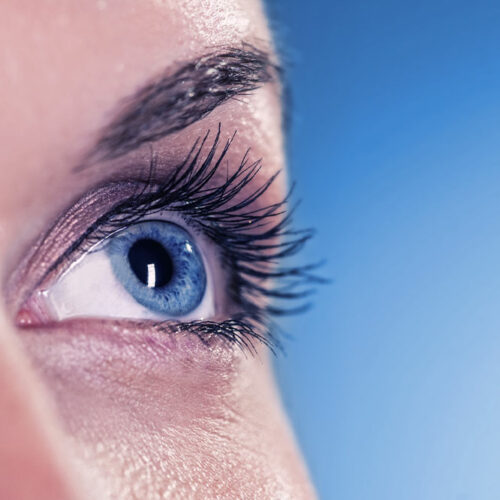5 foods to avoid for better eye health

The foods we eat play a significant role, and that dictates how our organs function. The eyes are vascular, and it is necessary to eat nutritious foods to keep the blood vessels in good health. Eating unhealthy foods may block the veins that provide the eyes with the essential nutrients and oxygen. Such restrictions may affect one’s vision. Keeping this in mind, here are five foods that can worsen eye health. Margarine Margarine is considered a healthy alternative to butter, as it is made from vegetable oils. However, it still contains trans fats. These fats may increase a person’s cholesterol levels and put them at risk of heart diseases and eye problems. Red meat Red meat contains preservatives like salt, cholesterol, and fat, making them tasty and increasing their shelf life. However, these chemicals may harm one’s health and lead to high blood pressure. Such pressure spikes can lead to Choroidopathy, a fluid buildup below the retina. Fish Several fish are rich in omega-3 fatty acids and may offer health benefits. However, fish also contain hints of mercury. People who eat lots of fish may be at risk of eye damage because of the chemical element. Coffee Coffee contains caffeine, an energy-boosting component that helps people stay active.



